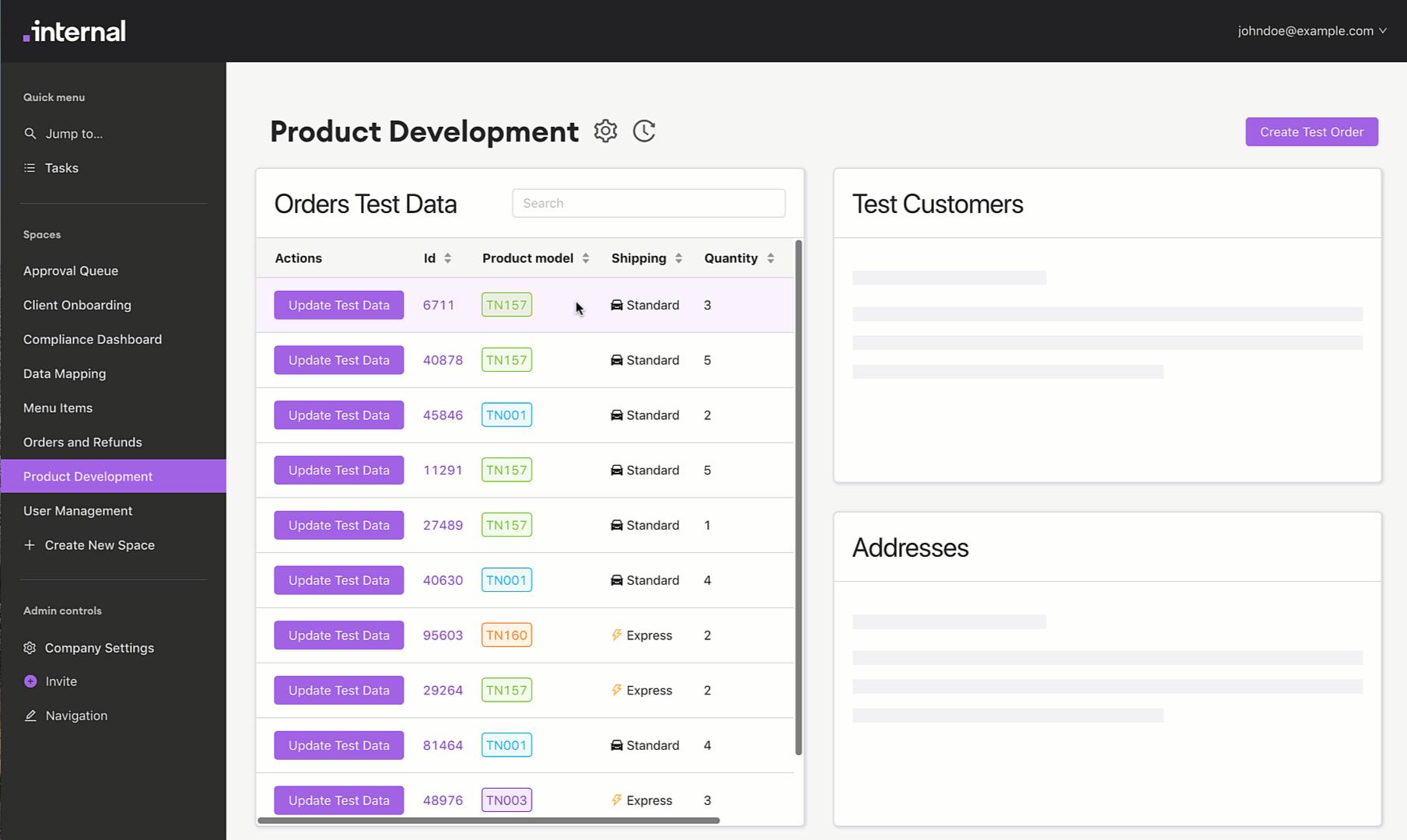 APPS
APPS
 APPS
APPS
 APPS
APPS
No-code application development startup Console Corp., which does business as Internal, announced today the launch of its platform that enables enterprise workers to build internal company tools to help them get work done faster.
The company said its platform makes it possible for enterprises to open up internal application development to anyone within their organization, including customer support, operations and product management teams.
By giving people who don’t write software code a way to create the tools they need to work with themselves, developer teams will have far fewer mundane tasks on their plate, Internal said. It gives developers more time to put their talents to use on more truly innovative applications.
Internal co-founder and Chief Executive Arisa Amano told SiliconANGLE the platform is primarily designed to help companies build internal applications atop of their own databases, application programming interfaces and business apps.
“For example, you could connect SQL Server or Salesforce in minutes, and all of the platform’s components work natively with the data in those systems, with no plugins required,” Amano said. “The data also stays in your systems, meaning companies don’t have to duplicate their data either.”
One neat feature of Internal’s platform is something called “permissioned data flows” that give organizations better control over application inputs and outputs, ensuring each user only has access to the data they need to do their jobs. Thanks to that, Internal said, its platform has achieved AICPA Service Organization Controls (SOC) 2 Type II compliance for its software-as-a-service offering.
There is a bit of a debate over low-code versus no-code, and which offers a better balance of performance and usability. But Amano said Internal fits into both categories, because while it can be used entirely code-free, developers can also add code to the apps built in Internal for greater customization.
Amano said coding can be beneficial in some cases. For example, she said that if someone is trying to incorporate their company’s own API into an internal application, it’s more efficient for a skilled developer to log-in, add an endpoint and manipulate this with Javascript. The advantage is that the developer’s work ends there, so they can immediately move on to more pressing tasks.
“A noncoder can then use that building block, incorporate it into any app and configure it in whatever way they want,” Amano said. “This approach allows noncoders and coders to efficiently work together to build and maintain applications, making the process of building applications more collaborative and efficient.”
Support our mission to keep content open and free by engaging with theCUBE community. Join theCUBE’s Alumni Trust Network, where technology leaders connect, share intelligence and create opportunities.
Founded by tech visionaries John Furrier and Dave Vellante, SiliconANGLE Media has built a dynamic ecosystem of industry-leading digital media brands that reach 15+ million elite tech professionals. Our new proprietary theCUBE AI Video Cloud is breaking ground in audience interaction, leveraging theCUBEai.com neural network to help technology companies make data-driven decisions and stay at the forefront of industry conversations.